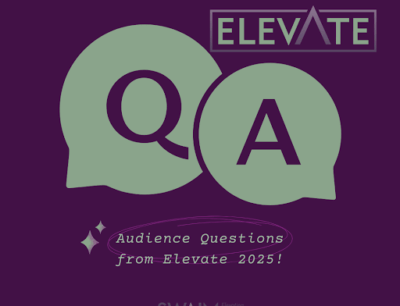Our Favorite Vendor Partners for Fundraising Events
Our Favorite Vendor Partners for Fundraising Events No one pulls off a powerful event alone, and great vendor partners m

Our Favorite Vendor Partners for Fundraising Events No one pulls off a powerful event alone, and great vendor partners m

At the Elevate 2025 Conference, attendees submitted their most pressing questions, and in our series on Substack, we ans

Hosting a charity golf tournament may seem like a big undertaking—especially if you’re not a golfer—but with the r